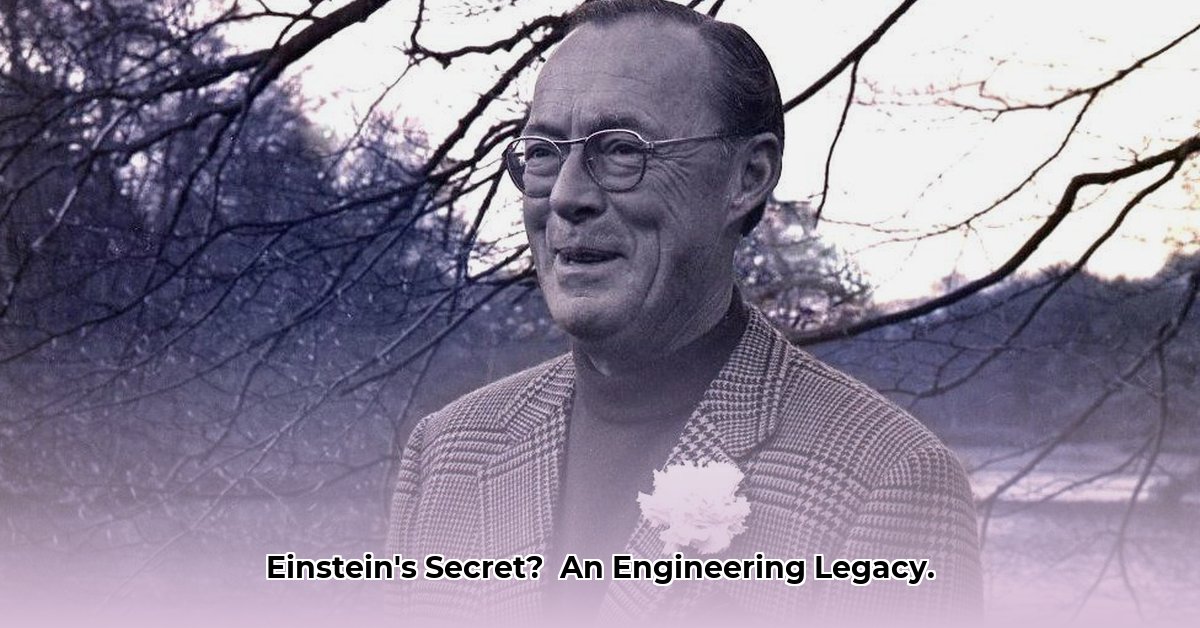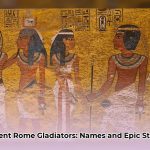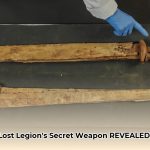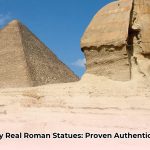You probably know the name Albert Einstein. But did you know his grandson, Bernhard Caesar Einstein, was a pretty amazing engineer? He didn’t win Nobel Prizes like his grandpa, but he made a real difference in the world of electronics and lasers. This isn’t just another story about a famous family member coasting on their name; this is about a brilliant engineer who built his own impressive career. We’ll explore his inventions, look at how they impacted the technology landscape, and even unpack the science behind his work in a way that’s easy to understand. We’ll also see what lessons his life teaches us about success in engineering today. Get ready to discover a fascinating story about a man who deserves to be remembered for his own accomplishments.
Remembering Bernhard Caesar Einstein: More Than Just a Famous Name
Bernhard Caesar Einstein – the name might not immediately spark recognition like his grandfather’s, but this man made significant contributions to the field of engineering. He wasn’t just riding on Albert Einstein’s coattails; he built his own impressive career, proving that success is built, not inherited. Let’s delve into the life and lasting impact of this engineer and his significant engineering contributions.
A Life Shaped by History: From Germany to America
Born in Dortmund, Germany, in 1930, Bernhard’s early life was shaped by the turbulent political climate of Europe. Imagine the world shifting beneath your feet as a child – that’s what he experienced. The rise of Nazism forced his family to flee Germany, eventually finding refuge in the United States. This early adversity likely instilled a resilience that would serve him well throughout his life. While he reportedly excelled in German, some accounts suggest he faced challenges in other academic areas. This points to a unique learning style, perhaps a sign of a mind that didn’t fit neatly into conventional boxes. It makes you wonder what other hidden talents he possessed! We might never uncover the complete picture, but it highlights that judging someone’s potential based on limited information can be misleading. This underscores the importance of adaptability and understanding an individual’s complete personal background.
From Soldier to Student: Building a Foundation at ETH Zurich
After his family settled in the US, Bernhard served in the US Army. This period likely instilled discipline and a structured approach – valuable traits for any engineer. Following his military service, he attended the Swiss Federal Institute of Technology (ETH Zurich), his grandfather’s alma mater. It’s intriguing to consider whether consciously or unconsciously, attending the same school as Albert Einstein influenced his decision. Was it a nod to family legacy, or simply a pragmatic choice? ETH provided a solid foundation for his future career and a strong educational background. Professor Wolfgang Pauli, one of Albert Einstein’s former colleagues, taught him quantum physics, a subject Bernhard would later put into practice.
Innovation in Action: Patents and a Lasting Legacy in Laser Technology
Bernhard didn’t just conceive ideas; he transformed them into reality. He worked for notable companies like Texas Instruments and Litton Industries, organizations known for pushing the boundaries of technology. Focusing on electronics and laser technology, he secured several US patents. These weren’t minor refinements; they represented significant advancements in light amplification—critical components in technologies like night-vision equipment. His patents stand as a tangible testament to his innovative spirit and a lasting contribution to a field that quietly impacts our daily lives. Consider the technologies that benefit from his work; his influence is far-reaching, even if his name isn’t as widely recognized. His work was particularly focused on laser technology.
Shaping Industries: Beyond Individual Inventions
Bernhard’s impact extends beyond individual inventions. He actively helped shape the electronics and laser industries. To fully grasp the extent of his contribution, one could examine the market success of the companies where he worked, analyzing the impact his innovations had on their overall market share. It’s probable that his work significantly contributed to their growth and success. His life story provides a few valuable life lessons. First, a challenging childhood doesn’t predetermine your future; resilience can lead to great achievements. Second, fame isn’t hereditary; you must forge your own path. Third, even seemingly quiet contributions can make a significant difference in the world. Bernhard’s legacy is a testament to hard work and dedication, and his industry impact continues to be felt today.
Unraveling the Mystery: Further Research and Preservation
To fully understand how Bernhard Caesar Einstein is remembered, we need to explore multiple avenues. Historians may uncover more details about his education and personal life. Technology companies could examine his patents to find new ways of applying his discoveries to current challenges. Engineering schools can use his story to inspire students. Museums and historical societies can preserve artifacts from his life and work.
| Stakeholder Group | Short-Term Goals (0-1 year) | Long-Term Goals (3-5 years) |
|---|---|---|
| Historians/Biographers | Locate and analyze all available archival materials on Bernhard’s life. | Publish a comprehensive biography, possibly including oral histories. |
| Technology Companies | Evaluate the potential of Bernhard’s patents for modern tech. | Develop and market new products or technologies based on his innovations. |
| Engineering Educators | Incorporate Bernhard’s story into engineering curricula. | Develop case studies or modules focusing on his life and career path. |
| Museums/Archives | Acquire and catalog relevant documents, photos, and physical artifacts. | Create a dedicated exhibit or online resource on Bernhard’s life and work. |
Bernhard Caesar Einstein’s legacy extends beyond being the grandson of Albert Einstein. He was an accomplished engineer, someone who dedicated his life to technological advancement. How he’s remembered will likely continue to evolve as more information comes to light. His life stands as a powerful reminder that dedication, hard work, and an innovative spirit can lead to significant achievements, regardless of background or family name.
The Impact of Bernhard Caesar Einstein’s Patents on Night Vision Technology
What insights can we gain from Bernhard’s career and his contributions to the world of engineering? His work significantly contributed to advancements in electron tubes and laser technology, and understanding his contributions requires examining the broader technological landscape of his era.
Key Takeaways:
- Bernhard Caesar Einstein, despite his famous lineage, carved his own path in engineering.
- His work significantly contributed to advancements in electron tubes and laser technology.
- While direct links between his patents and specific night vision advancements may not be explicitly detailed in readily available sources, his contributions to fundamental technologies underpinning night vision are undeniable.
- Understanding his contributions requires examining the broader technological landscape of his era.
- Further research is needed to fully elucidate the extent of his impact on night vision.
Bernhard Caesar Einstein wasn’t content to simply bask in his grandfather’s shadow. He carved his own niche, making significant contributions to engineering, particularly in the field of electronics. While less celebrated than his famous relative, his legacy warrants exploration. How did his inventions shape the world and night vision advancements?
Education, Career, and Lasting Impact
Bernhard’s journey wasn’t predetermined. He pursued education at prestigious institutions, including UC Berkeley and ETH Zurich, laying the groundwork for a career marked by innovation. He worked for prominent companies like Texas Instruments and Litton Industries, contributing to a technological era profoundly shaping modern life. He chose a path independent of his celebrated grandfather, charting his own course in the world of engineering, and it is crucial to understand his career trajectory.
Contributions to Light Amplification
Bernhard held several US patents, many centered around improvements in electron tubes and laser technology. These technologies weren’t isolated inventions; they were building blocks for countless applications. While pinpointing a direct link between his specific patents and how Bernhard Einstein’s patents impacted night vision technology requires deeper archival research, we can confidently state his contributions to foundational technologies were vital in light amplification.
His work with electron tubes, for example, impacted numerous fields. Electron tubes were pivotal components in early electronic devices, including some of the earliest night vision systems. Without efficient electron tubes, advancements in television, radio, and, indeed, night vision technology would have been significantly slower. His work with lasers similarly had a ripple effect, potentially influencing later generations of night vision systems, though this requires further investigation to confirm.
Think of it this way: Bernhard may not have invented the car, but he may have created a crucial component like an improved engine that made cars faster and more efficient. Similarly, Bernhard Einstein’s contributions to underlying technologies are crucial to understanding the advancements in night vision and laser innovations.
The Need for Further Research
Determining the precise impact of his inventions on night vision is a complex undertaking. Many technologies develop incrementally, with numerous contributors playing vital roles. Direct links between Bernhard’s patents and specific night vision improvements are difficult to establish without extensive archival investigation. However, his contributions to the underlying technologies—electron tubes and lasers—are undeniable, making his legacy in the broader field of electronics deserving of further study, which means delving into patent applications more deeply.
Bernhard, despite the weight of his family name, forged a successful and independent career path. He contributed toward technological progress.
His work at the Swiss Army Research Lab in Thun on laser technology resulted in another US patent, showcasing his sustained innovation throughout his career.
In 1954, Bernhard married Doris Aude Ascher, whom he met while stationed in Germany. They had five children: Thomas Martin Einstein, Paul Michael Einstein, Eduard Albert “Ted” Einstein, Mira Einstein-Yehieli, and Charles Quincy Ascher “Charly” Einstein.
Some sources suggest that Bernhard remarried










